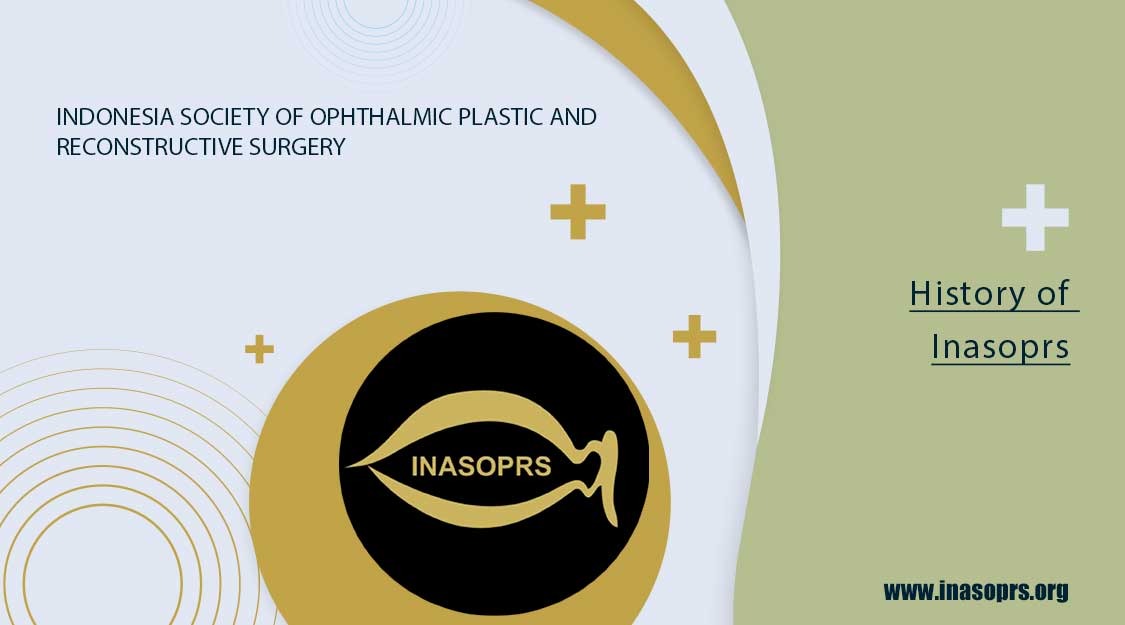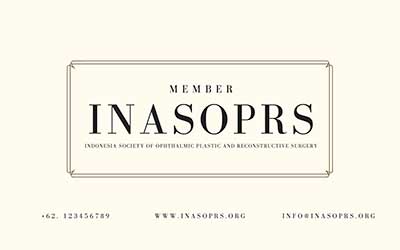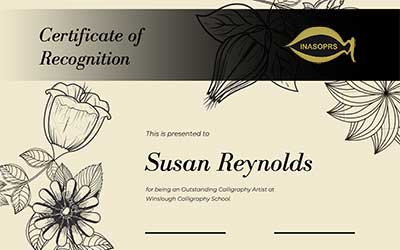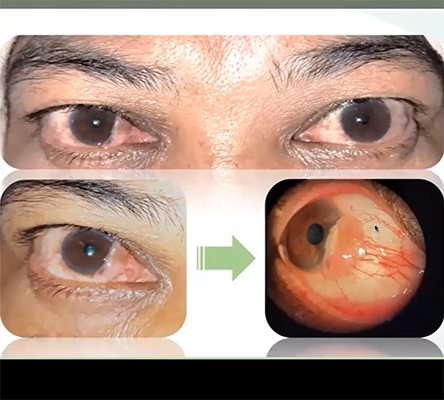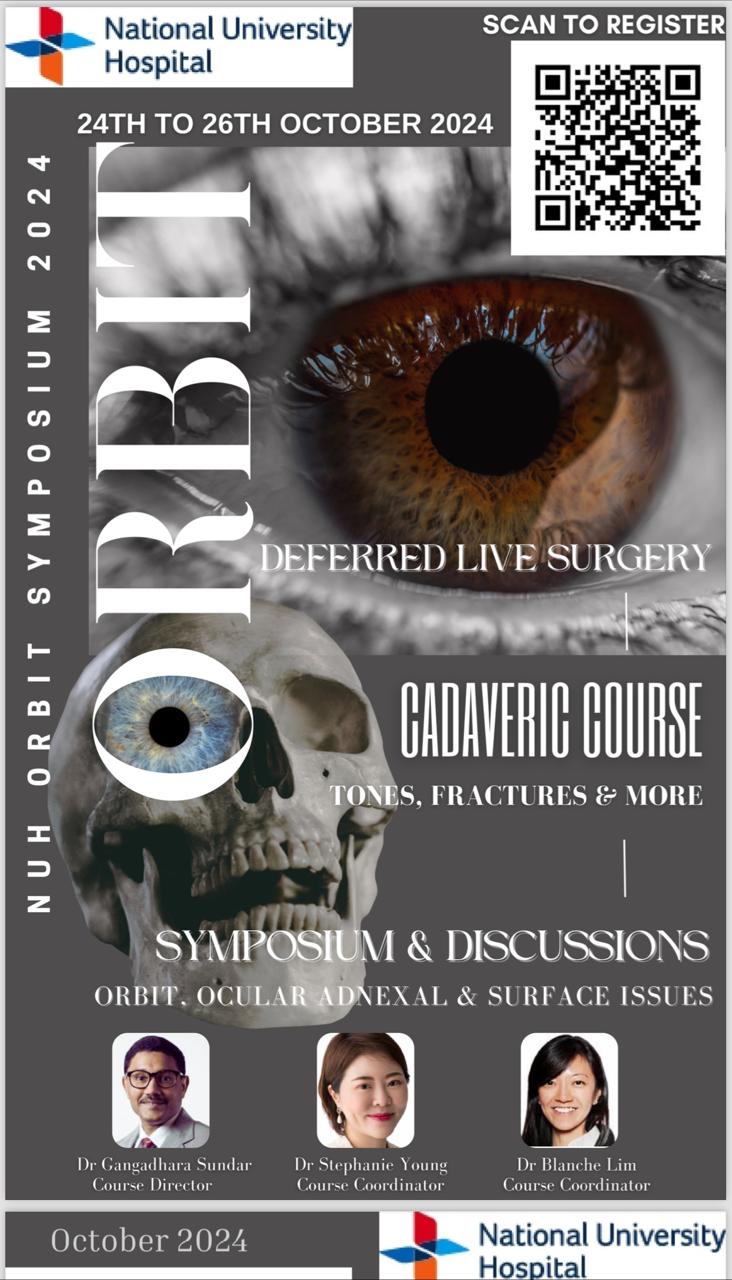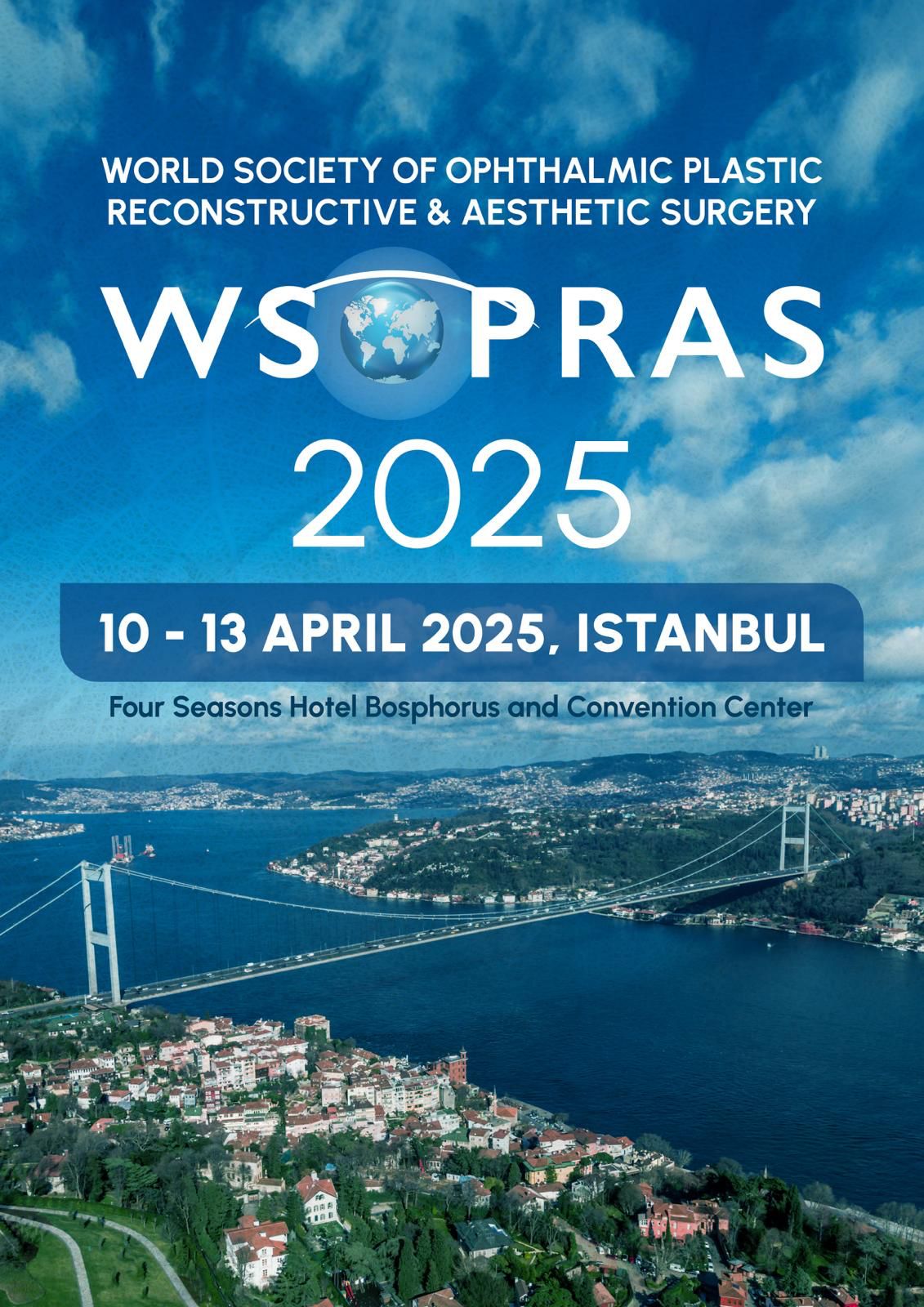Yunia Irawati, MD
PRESIDENT OF INASOPRS
Since 1980s, subspecialty in Reconstruction Oculoplastic and Oncology (ROO) has been established. As this association is expanding, we built this association under the name of The Indonesia Society of Ophthalmic Plastic and Reconstructive Surgery (INASOPRS) in 2015. In the mid of 2019, there are more than hundred members of ophthalmologists who join INASOPRS. We aim to always provide highest quality of education and services through symposia, workshops, congress, and fellowship programs. We always deliver symposia and workshops in Indonesian Ophthalmologists Association (IOA) Annual Scientific Meeting and hold our scientific meeting biennially. Some of INASOPRS members are also actively invited to be guest speakers in international oculoplastic scientific meetings.
INASOPRS have a tight connection with ophthalmologists all over Indonesia and affiliated with APSOPRS (Asia Pacific Society of Ophthalmic Plastic and Reconstructive Surgery). Some of our INASOPRS members also have the same interest in trauma cases, henceforth, they also join the Asia Pacific Ophthalmic Trauma Society (APOTS).
Indonesia archipelago has more than 16.000 islands. However, a lot of patients who live peripherally only have little opportunity to have a good and proper treatment of oculoplastic service since only small number of oculoplastic specialist available. INASOPRS provides an organization for ophthalmologists who have the same interest in our country, Indonesia, to improve their ability with updated knowledge and modified skill to help more patients all over Indonesia. We sincerely encourage ophthalmologists in rural areas to participate in INASOPRS and join fellowship programs in some institutions in Indonesia or abroad, so altogether we could give the best possible oculoplastic service to our patients in Indonesia.

